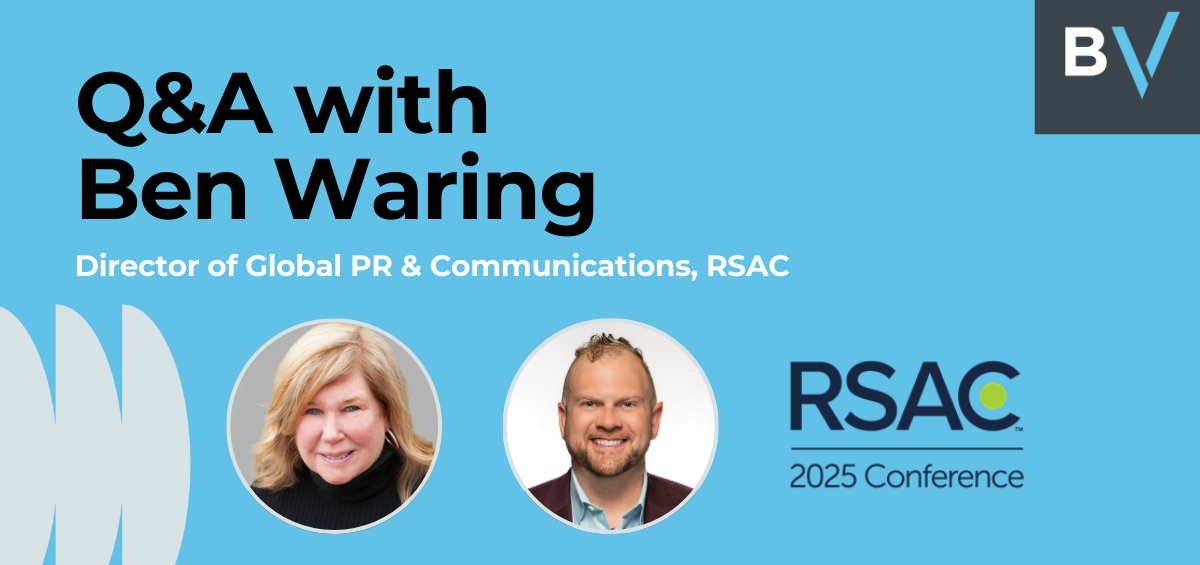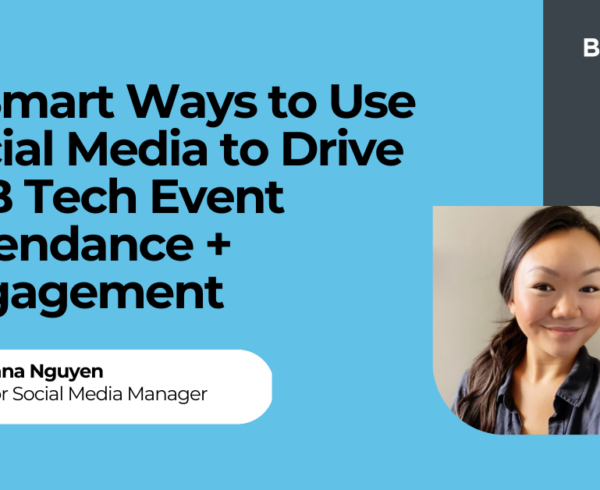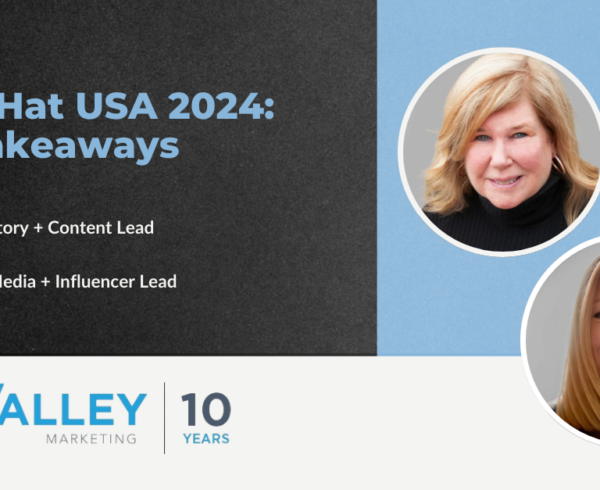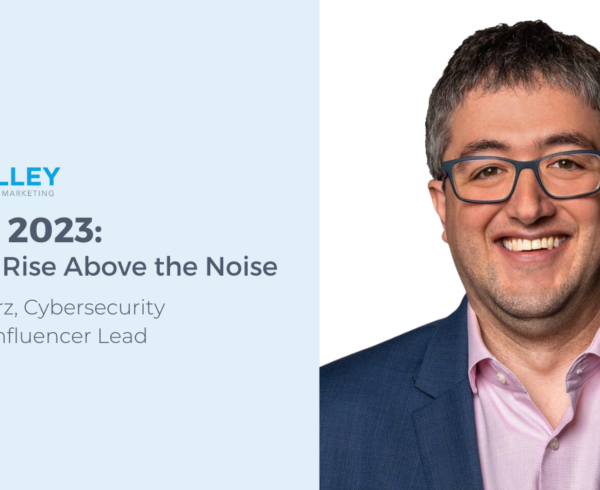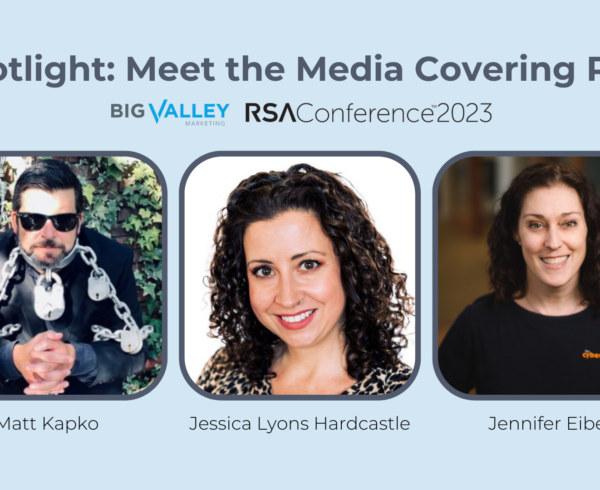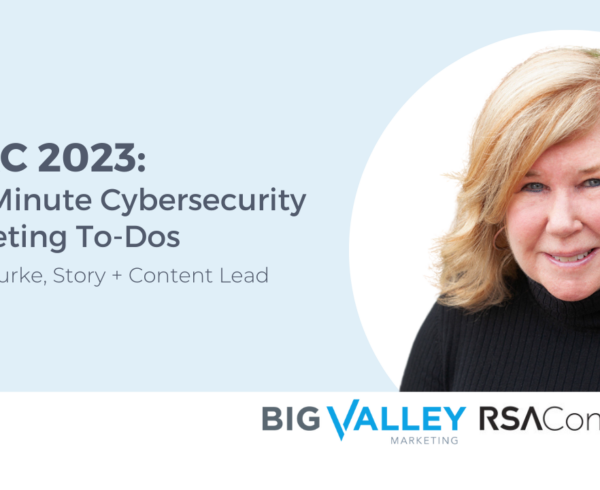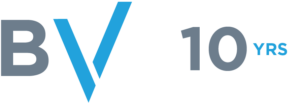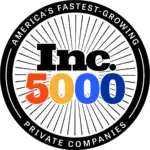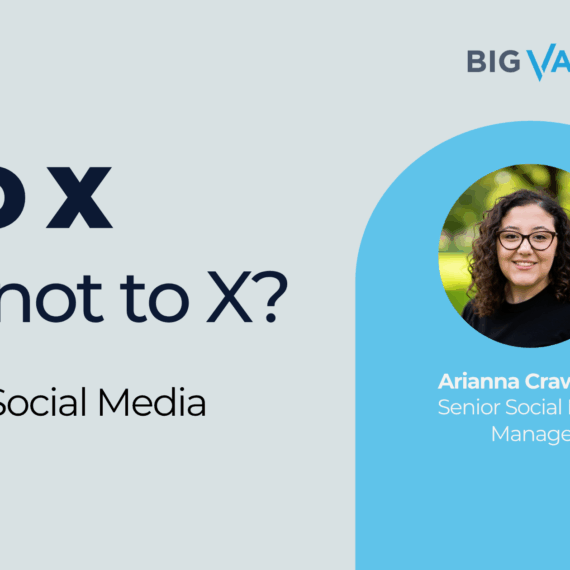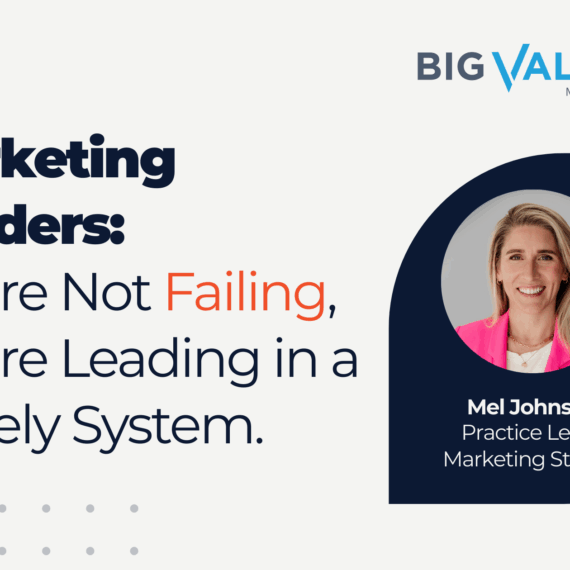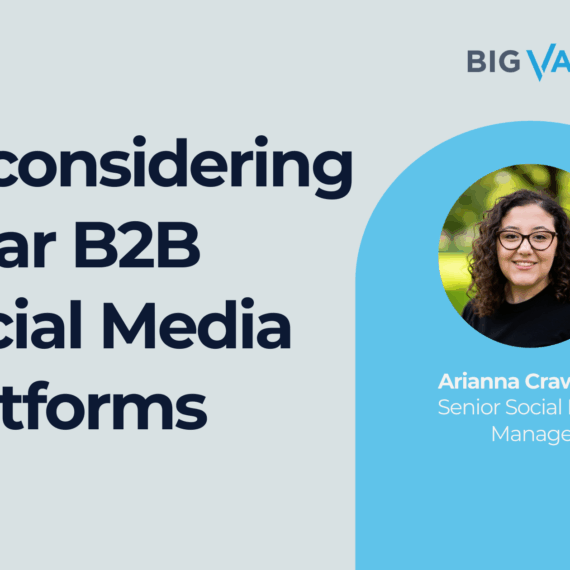As Director of Global PR & Communications for RSAC, Ben Waring has a unique vantage point to view how this important security conference is put together each year, from the speakers and topics and the fast-growing registered media list to the many new initiatives and activities, which keep the event fresh and informative for its more than 40,000 attendees annually.
We had a chance to sit down with Ben, over Zoom, to discuss a wide range of topics, including his take on what security vendor comms teams can do to raise their company brand awareness at RSAC, the relevancy of news releases, key session and keynote topics, how the current media list is shaping up, “what’s new” for the conference this year, and his favorite San Francisco cuisine.
1) What are the top 2-3 ways security vendors can build awareness for their brands at RSAC?
Start early: The #1 tip I can give is to not wait for RSAC week to do it – easier said than done sometimes. I think a lot of folks tend to circle us on the map as a point in time to issue announcements, which is great, and we always appreciate it. But it’s important to build brand awareness throughout the year – not just at conference time. In fact, our revamped show calendar provides that longer runway. For example, since RSAC moved from February to later in the spring, companies now have an entire quarter before the conference to really establish themselves and get a good understanding of the market – and top cyber issues – for the year ahead.
Don’t release product news during conference week: While we encourage everybody to release some form of news before the conference, whether it’s momentum, a new hire, or new initiative, releasing a product during conference week is usually not advised because it just gets drowned out by a lot of the noise. Ten years ago, big products that were announced during the conference would tend to be covered. Today, that isn’t the case unless you’re Microsoft or another big company. If you put out a product during conference week, it’s likely just going to get lost.
Get creative: While there’s always a little bit of hype around who has the best swag, you don’t need to have a big budget to get attention. You can do a little bit more in the guerrilla marketing-style within the confines of our guidelines. Other ideas include partnering with other vendors to help generate noise and garner attention on the show floor , getting very creative on social media or using some of RSAC’s free marketing tools such as our video and podcast recording drop-in opportunities.
2) Do news releases still matter?
Yes, if they’re short, tight and not marketing releases. One thing we are seeing more often is people using ChatGPT to write their RSAC CFP submissions (over 2800 this year), press releases, and everything else. While using AI as your writing tool doesn’t disqualify a CFP submission, you can just tell in the language how it’s written. It’s the same thing when I read a press release. I can usually tell quickly who wrote it and how, but, the bigger point is, people just don’t read today. Content is king these days, but it’s got to be in digestible, quick-to-read formats. While infographics have gone by the wayside, in a lot of ways, they were a great format to provide quick, digestible X, Y, and Z information that could be consumed really quickly. Video and highly produced graphics are a great way to supplement this in 2025.
3) What’s new in 2025?
Expansion beyond Moscone: We have exhausted the walls of Moscone, so we were able to secure a fourth building, Yerba Buena Center of the Arts (YBCA), which is really exciting. The West stage will still stay over in Moscone West, but our South stage is moving out of Moscone South to YBCA, which is going to have a lot more of our technical-related content and innovation pieces. YBCA is right next door to Moscone North.
First podcast drop-in booth: In addition to our two video recording booths, we are adding our first podcast drop-in booth. Exhibitors, media, and conference attendees can use these three booths on a first-come, first-serve basis; to reserve your 30-minute spot, contact BroadcastAlley@rsaconference.com. It is free – we record, cut and send the recording to you with just a little bit of our branding in the background. All we ask is for you to tag us when you post the content on your social media. It’s a win-win for us both. For more information, visit here.
Discounted News Release Distribution: PR Newswire is our official newswire service; any RSAC exhibitor that uses PR Newswire will have their news featured in our online media hub. This year we will be offering a coupon for PR Newswire for those startups that don’t really have a big marketing or PR budget to spend on getting a PR Newswire or Business Wire partnership. For more information, visit here.
Investment in Innovation Sandbox Top 10 Finalists: To mark the 20th anniversary of Innovation Sandbox this year, Crosspoint Capital, who owns RSAC, will provide $5 million investment to each of the Top 10 Finalists ($50 million total). Those finalists for the 2025 contest will be announced in early April.
4) How has media attendance changed over the last few years?
It has definitely changed since I got into cybersecurity and tech PR a decade ago. At the time of this interview, we’re closing in on 300 media, and, by media, I mean three different badge types: press, analysts, and the newest one over the last few years, is content creator. By “content creators,” I mean influencers, bloggers… an independent entity who wants to capture content for their blog, podcast, etc. Industry analysts are another example of what’s changed. Over the last five to 10 years, they have been heading in the same direction as press, going independent, starting their own shop or creating spin-outs of traditional analyst firms like Forrester or Gartner. The current split between registered press and analysts is about even, which is really great, while content creator numbers continue to grow every year.
5) Do you and your team analyze show media coverage post-show? If yes, what are you looking for? Have you identified any interesting coverage trends over the last few years?
Yes, we definitely look at all of the coverage. We’ve got people dropping news, which we love to see, two to three weeks ahead of the show, and then all the way through, to usually within a month afterwards. Looking at last year’s full coverage report, one interesting trend was that about half of the coverage came in after the conference, which is not usually the case. It surprised me a little bit, but we’ve noticed that a lot of people, instead of just writing day-of articles, are taking the time to do full event recaps, or additional interviews for their stories, and then posting their content about a week or two afterwards, or even over the summer. So, it’s been a more staggered approach to coverage, and the types of content that we’re seeing has also diversified a good bit over the years.
6) How so, Ben? From traditional media coverage to more podcasts, blogs and shorter social posts?
Exactly. Social posts, blog posts, exhibitor news, traditional press hits, analyst reports – we track all those in different categories. We also track what they’re writing. For example: Is it government-focused? Last year we had a ton of government-focused folks speak at the conference, including two sitting cabinet members, the Secretary of State and the DHS Secretary, which was great.
7) Any particular trends, keywords, or acronyms you expect to dominate this year?
Spoiler alert: a lot of AI again this year and the coverage will probably reflect that as well, which shouldn’t be a shocker to most people. Another popular topic is Agentic AI. So, the trend is not just AI, but the specific factors within it. For example, I think most people know the acronym, LLM (Large Language Models), but this year our sessions will be exploring whether these models are creating new risks? Other big topics include non-human identities and collaboration, specifically how to collaborate with AI. Questions of ethics around AI, API risk mitigation and the future of quantum will also be discussed. We are particularly excited about a new session, “Protecting What Matters – Your Family and Home,” about how to safeguard your family from cyberthreats, which will take place on Monday.
8) What’s your average day like during the show?
It depends – every day is a little bit different, which keeps it new and exciting. I’m usually running around the different campuses, getting in over my 10,000 steps a day, to make sure everything’s running smoothly from a PR perspective. Sometimes I’m in the sessions themselves, especially if we’ve got media there to do interviews, or helping to manage on-site broadcast coverage. Other times I’m sending out press releases back in the staff room or checking in on the media room – making sure the reporters are happy, getting answers to their questions and are well-fed, all that kind of good stuff.
9) I love the theme for this year’s show, “Many Voices. One Community.” What does it mean to you?
Yeah, we were really excited about this one too because there are so many different voices in cybersecurity. A lot of times we see RSAC attendees become super empowered and invigorated after attending the conference. How do we continue that conversation the other 51 weeks of the year to help people feel empowered, as one community, so they don’t feel like they’re on an island? It’s a topic of key importance, especially when there is a cybersecurity staffing shortage and security professionals may not have all the support they need at work. Expect to hear more announcements on this topic soon and throughout the rest of the year from us.
10) Do you have a favorite place to hang out or get coffee off the show floor? Where do you go to relax?
I usually fly into San Francisco a few days before the conference. I’ll walk around the city a little bit and experience it before the madness begins. San Francisco has a lot of good food, but I’ve become a big Sushirrito fan. I didn’t even know what a Sushirrito was until a few years ago. Then, when deciding where to eat, some of my colleagues asked, “What about sushi and a burrito mix?” I responded, “Is that even a thing?” And they said, “Yes, it is here.” So, Sushirritos is a really unique pairing that I personally really like and make sure to enjoy when I’m in San Francisco.

